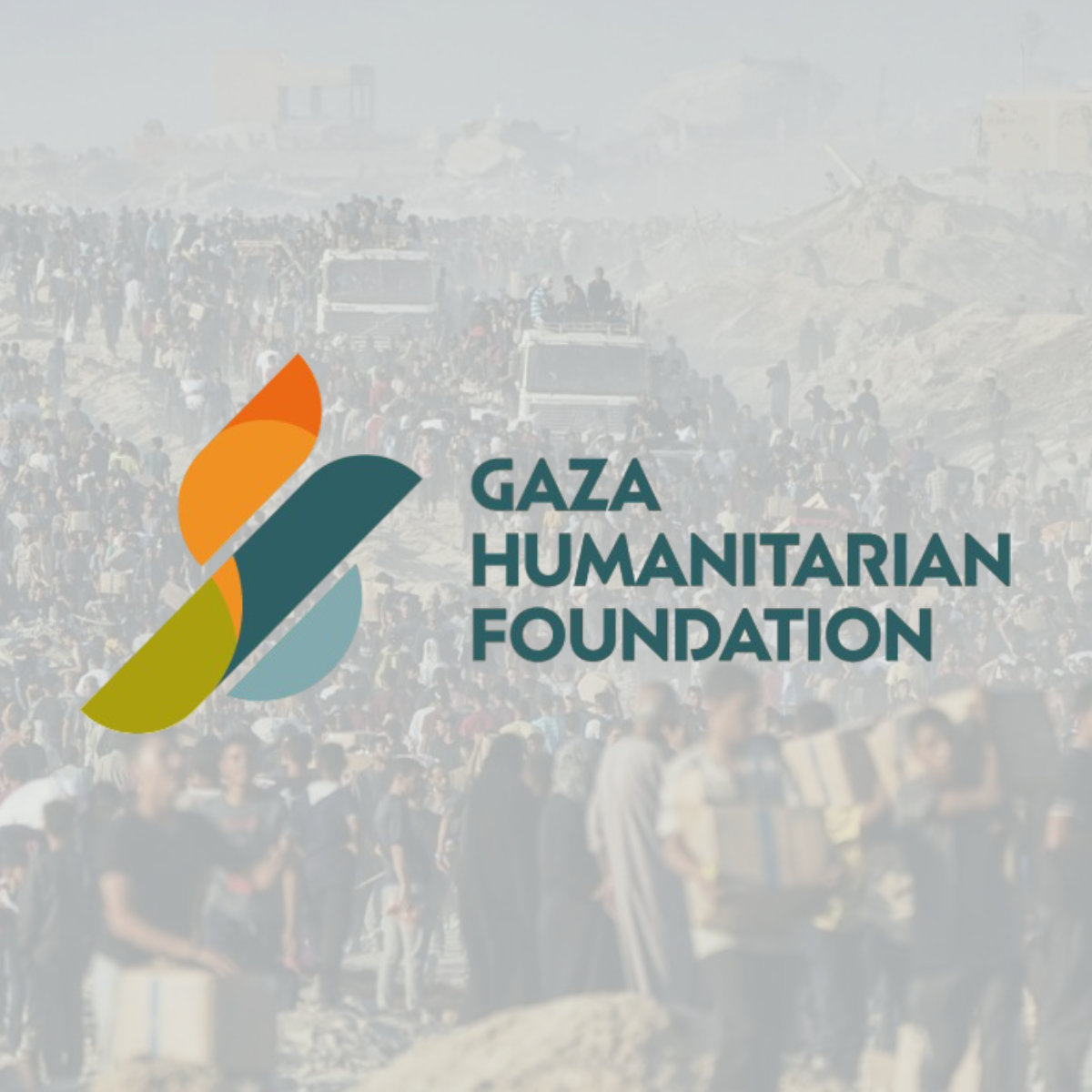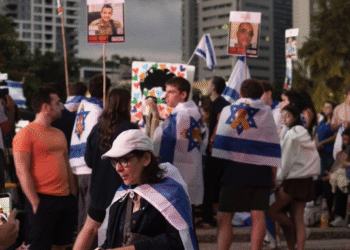The Israel Defense Forces (IDF) said aircraft from Jordan, the United Arab Emirates, Germany, Belgium, France, Italy, the Netherlands, Singapore, and Indonesia airdropped 180 pallets of humanitarian aid into the Gaza Strip today. Each pallet carried roughly one ton of food.
According to COGAT, Indonesia—despite having no formal ties with Israel—participated in Gaza aid deliveries for the first time yesterday amid ongoing speculation about potential normalization moves. The multinational drop underscores a growing coalition effort to get food to civilians as access by land remains constrained.
A new approach to distribution
Alongside the surge in deliveries, the Gaza Humanitarian Foundation (GHF) is rolling out a reservation model designed to reduce the dangerous crush that has defined many distribution points. For months, first-come, first-served handouts have advantaged younger, able-bodied men able to navigate long and risky routes through IDF lines. Even with periodic women-only hours, vulnerable families frequently went without.
Under the pilot, GHF’s local Palestinian staff will invite eligible families to enroll, photograph them, and issue ID cards with unique numbers. Participants can also create online profiles to record household details. Once enrolled, families receive a reserved box, eliminating the need to sprint or queue in daily rushes.
Privacy and communication
GHF stresses that it will store all personal data securely and will not share information—seeking to reassure registrants who worry about coordination with Israeli authorities. The program remains voluntary and runs in parallel with the existing first-come, first-served option. Enrollment also enables direct outreach so GHF can message families about pickup times, location changes, and urgent updates.
Toward more equitable delivery
Humanitarian experts have long argued that registration is essential for fair distribution in crowded, high-need settings. By tracking who receives aid, the system curbs snatch-and-run behavior and helps ensure packages reach intended beneficiaries. While the model is only a first step, it points toward a more structured and accountable aid pipeline inside Gaza.
Scope and next steps
For now, GHF operates just three distribution sites and reaches only a fraction of Gaza’s roughly two million residents. Executive director John Acree says the uptick in inbound supplies finally makes advance reservations practical, mirroring systems used by other relief groups. Israeli and U.S. officials have discussed expanding GHF’s footprint, though most food assistance in Gaza continues to flow through other international organizations.
As more aid arrives by air and land, the test for agencies will be not only how much they deliver, but how safely and fairly they get it into the hands of families who need it most.
























Discussion about this post